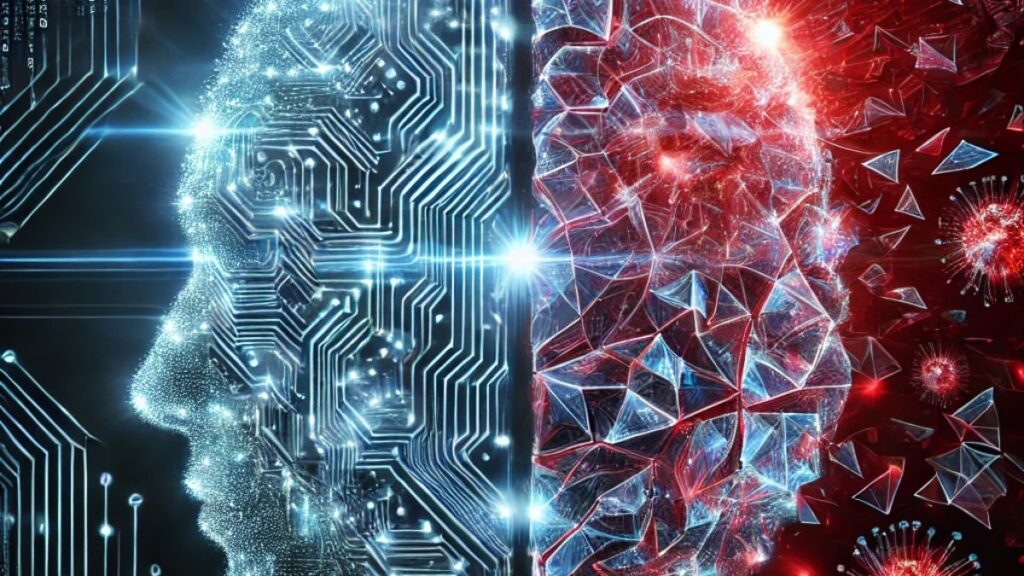Organizations in nearly every industry have increasingly digitized business operations. But with this increased digitization comes increased reliance on technology and business applications. According to a recent Gartner Research report, employees today rely on 11 applications on average to perform their tasks each day. Employees are now expected to be, or make themselves, proficient in a variety of business applications. But most software features aren’t inherently easy for users to learn. 84% of employees struggle to use core software features and workflows in their daily tasks, according to the Whatfix Digital Adoption Trends Report.
As a result, enterprises are beginning to realize the value of software “userization” – the concept of adapting technology to the unique needs of individual users rather than expecting users to innately be technology-proficient. This makes it simple and intuitive for users to act, collaborate, and complete tasks in a seamless manner as per their digital learning curves. Each user is unique owing to their background and technical skills, which create their digital friction unique to them.
So how can standard technology give all users the same experience? The concept of userization demands that technology adapts to individual needs, ensuring technology serves users uniquely rather than forcing them to adhere to a one-size-fits-all approach. The key to enhancing user engagement lies not only in building a compelling product but also in enabling unique users to realize and utilize it to the full extent of its capability. Overall, this will enhance technology adoption, and user experiences, and result in enhanced productivity, impacting business outcomes.
Adopting Technology Userization
One example of a business adopting a userization approach is Samsung Family Hub Refrigerator which uses the userization approach to create shopping lists and order groceries online. It features a large touchscreen on the door that allows users to interact with the appliance. Users can use the touchscreen to view the contents of their fridge, add items to their shopping list, and even place online grocery orders through integrated apps. The interface is designed to be intuitive, making it easier for users to manage their kitchen and shopping needs.
Businesses can userize their technology stack with data-driven Digital Adoption Platforms (DAPs) to enhance employee efficiency and user experience. Digital Adoption Platforms (DAPs) play a crucial role in facilitating the adoption of user-centric technology within organizations. DAPs guide employees through applications and provide on-demand support for continuous training. These platforms can include self-help features such as step-by-step walkthroughs, training videos, knowledge-base articles, or structured training through microlearning plans.
An example of a userized DAP is its simple feature, Nudge, which employs subtle prompts, notifications, and reminders to effectively guide users through the adoption process. Nudge ensures that the technology is simple for the users to explore new features, complete tasks, and maximize the utilization of technology solutions. This userized approach not only minimizes user resistance and frustration but also maximizes the overall return on investment (ROI) from technology deployments. Businesses are already starting to realize the value of DAPs. According to the Gartner Market Guide for Digital Adoption Platforms, “By 2025, 70% of organizations will use digital adoption platforms within their technology stack to overcome still-insufficient application user experiences.” Moreover, in the 2024 IDC Future of Work Trends Report, analysts predict that 80% of G1000 organizations will mitigate technical skills shortages using digital adoption platforms by 2027.
DAPs bridge the digital skills gap and significantly enhance user experiences, allowing organizations to maximize their potential with new technology software. For example, in IDC’s May 2023 Future of Work Survey, organizations that deployed DAPs saw increased employee productivity (40%), greater operational efficiency (40%), improved customer experience (34%), and better employee experience (31%). And with the rise of sophisticated technology like AI, DAPs can become even more personalized to userize software.
Unlocking the Power of DAPs with AI to “Userize” Enterprise Tech-Stack
The integration of Artificial Intelligence (AI) into Digital Adoption Platforms (DAPs) greatly boosts their user-centric approach, allowing organizations to seamlessly streamline processes and enhance user experiences. By incorporating horizontal, application-agnostic AI capabilities into software, this integration bolsters user experiences and productivity. AI-driven DAPs optimize processes and elevate user engagement and satisfaction, driving businesses toward successful digital transformation.
AI expands the capabilities of DAPs, revolutionizing user interaction with technology by facilitating rapid information discovery and easing complex workflow navigation. AI-enabled DAPs handle routine tasks like data entry and analysis, enhancing productivity by up to 80%. For example, AI-driven DAPs can also accelerate text generation for taking notes and creating compliant documentation on applications to enhance user productivity. Additionally, AI integrations can receive natural language instructions to perform in-app tasks and enhance application user experience and satisfaction. All these benefits will enable the transformation of business technology stacks.
As organizations adopt more AI-driven tools, the implementation of responsible AI practices becomes crucial, especially for data security. Adopting tailored AI models and creating organization-specific data silos ensure compliance with unique information security regulations, aligning AI-generated content closely with each organization’s policies and procedures.
Businesses can prepare for digitalization and userize technology with the help of AI-integrated DAPs. This will improve self-sufficiency, enhance user productivity, and reduce support costs. Those who tap into the benefits of userization will gain an advantage in the future of remote and hybrid work environments, while those who fail to realize its potential will be left behind.




Comments are closed.